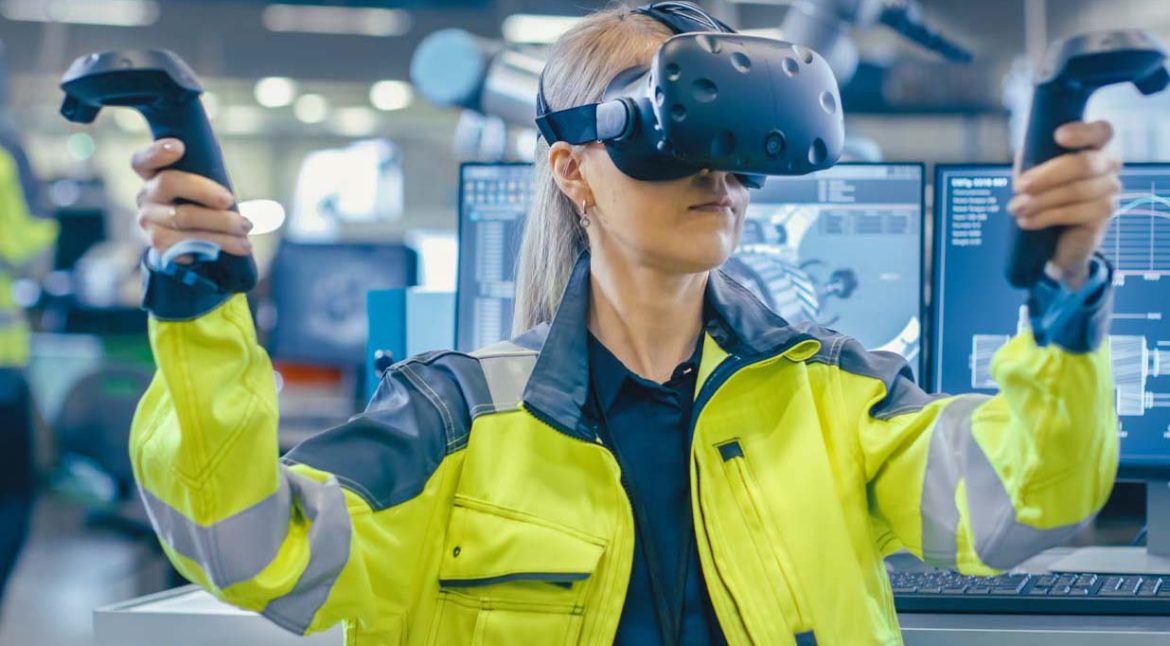In today’s rapidly evolving industrial landscape, ensuring workplace safety remains paramount. Traditional training methods, while foundational, are increasingly being augmented by innovative technologies. Among these, virtual reality (VR) has emerged as a transformative tool, especially in high-risk areas such as work at height safety training. Additionally, the integration of advanced studies like Relay Coordination ensures that safety mechanisms function optimally. This blog delves into the synergy between VR safety training companies, work-at-height safety protocols, and the significance of Relay Coordination Studies in enhancing workplace safety.
The Evolution of Safety Training: Virtual Reality Leading the Charge
Virtual reality has transitioned from the realm of gaming and entertainment into a vital instrument for professional training. VR safety training companies specialize in creating immersive simulations that replicate real-world scenarios without exposing trainees to actual hazards. This approach is particularly beneficial for high-risk tasks, offering a safe environment to practice and learn.
A study comparing immersive VR training to traditional PowerPoint presentations found that VR significantly enhances risk perception, learning, and decision-making among participants. The immersive nature of VR allows trainees to experience potential hazards firsthand, leading to better retention and understanding of safety protocols. This method not only engages employees more effectively but also bridges the gap between theoretical knowledge and practical application.
Work-at-Height Safety Training: A Critical Application of VR
Working at heights presents inherent risks, making comprehensive training essential. Traditional training methods often rely on lectures and occasional hands-on practice, which may not fully prepare workers for real-world challenges. VR technology addresses this gap by simulating various height-related scenarios, from scaffolding setups to emergency situations, allowing workers to navigate these challenges in a controlled environment.
VR simulations can recreate diverse conditions, such as different weather scenarios or equipment malfunctions, providing trainees with a broad spectrum of experiences. This exposure ensures that workers are better equipped to handle unexpected situations, ultimately reducing the likelihood of accidents. Moreover, VR training can be customized to address specific industry needs, ensuring relevance and effectiveness.
Relay Coordination Study: Ensuring Electrical Safety
While VR enhances personal safety training, ensuring the safety of electrical systems is equally crucial. A Relay Coordination Study is a meticulous analysis aimed at optimizing the performance of protective devices within an electrical distribution system. Proper coordination ensures that in the event of a fault, the protective devices operate in a sequence that isolates the problem area without disrupting the entire system.
The significance of Relay Coordination Studies lies in their ability to prevent equipment damage, minimize downtime, and, most importantly, protect personnel from electrical hazards. By analyzing the system’s design and the characteristics of protective devices, engineers can set parameters that allow for precise fault isolation. This proactive approach not only enhances safety but also contributes to the overall efficiency and reliability of the electrical infrastructure.
Integrating VR Training with Relay Coordination: A Holistic Safety Approach
The convergence of VR safety training and Relay Coordination Studies represents a comprehensive strategy to workplace safety. While VR equips employees with the skills and confidence to perform tasks safely, Relay Coordination ensures that the systems they interact with are safeguarded against electrical faults.
For instance, VR modules can be developed to train workers on responding to electrical faults, incorporating scenarios where protective devices activate. This training familiarizes employees with the sounds, visuals, and procedures associated with such events, reducing panic and improving response times during actual incidents. Simultaneously, well-executed Relay Coordination Studies ensure that when a fault occurs, it is managed efficiently, minimizing risk to personnel and equipment.
The Role of Specialized Companies in Advancing Safety
The implementation of these advanced safety measures often requires collaboration with specialized companies. VR safety training providers bring expertise in creating realistic and relevant training scenarios tailored to an organization’s specific needs. Their knowledge of the latest VR technologies ensures that the training is both engaging and effective.
Similarly, firms specializing in Relay Coordination Studies offer in-depth analysis and solutions for electrical systems. Their expertise ensures that protective devices are correctly set and coordinated, providing a robust defense against electrical faults. Engaging these specialized companies allows organizations to leverage cutting-edge technologies and methodologies, fostering a safer and more resilient workplace.
Conclusion
As industries continue to evolve, so too must the strategies employed to ensure workplace safety. The integration of virtual reality in safety training offers immersive and practical experiences that prepare workers for real-world challenges, particularly in high-risk areas like working at heights. Coupled with comprehensive Relay Coordination Studies that safeguard electrical systems, organizations can adopt a holistic approach to safety. By partnering with specialized companies in these fields, businesses not only comply with safety standards but also cultivate a culture of proactive risk management and continuous improvement.


